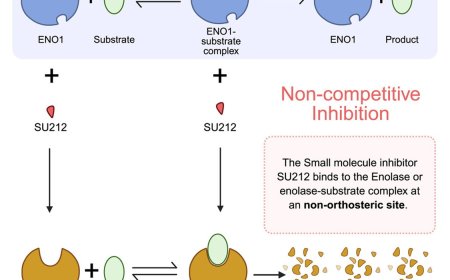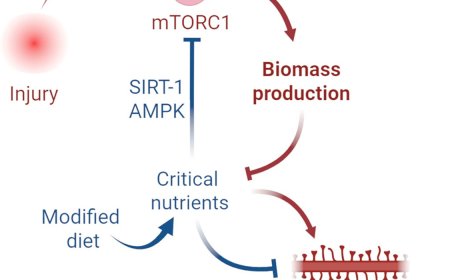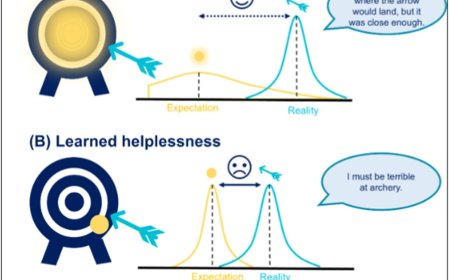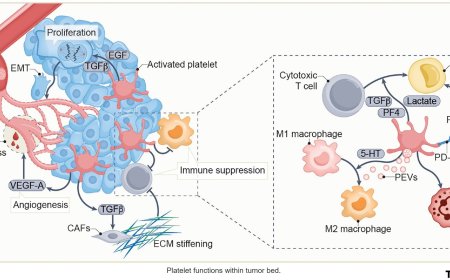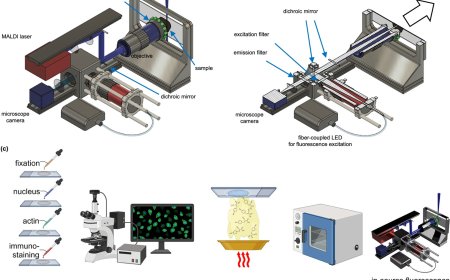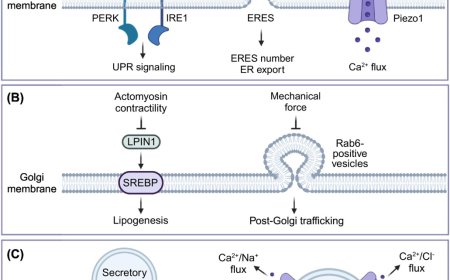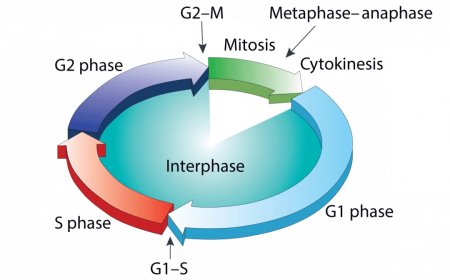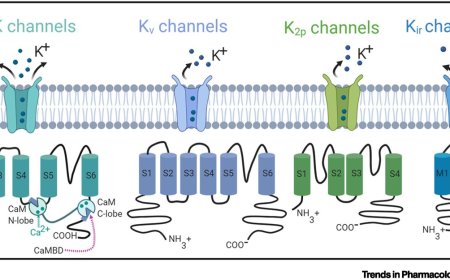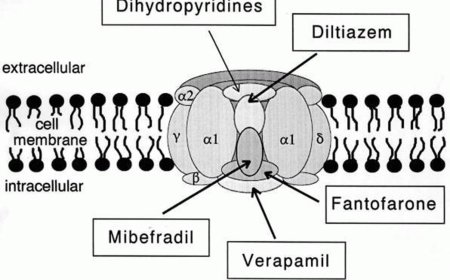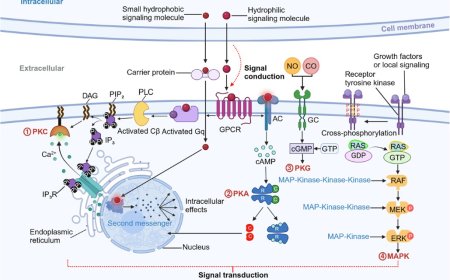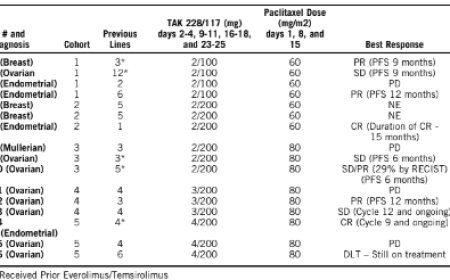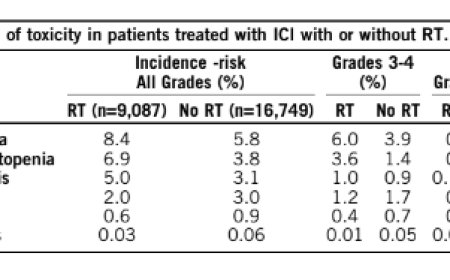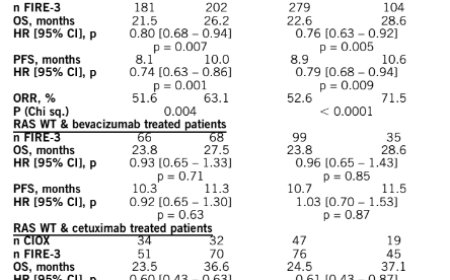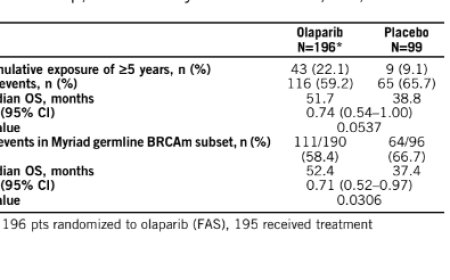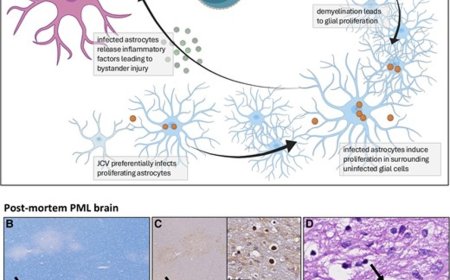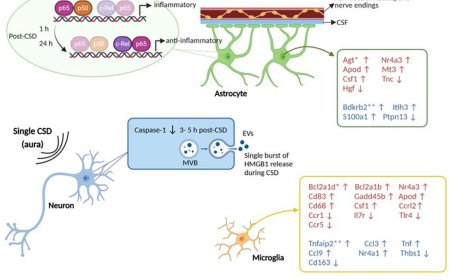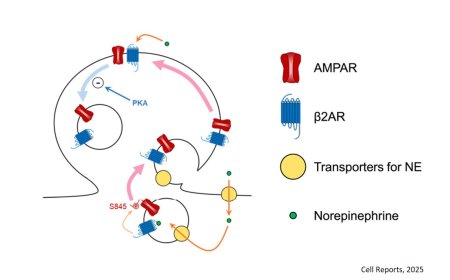Chikungunya virus infections and skin aging
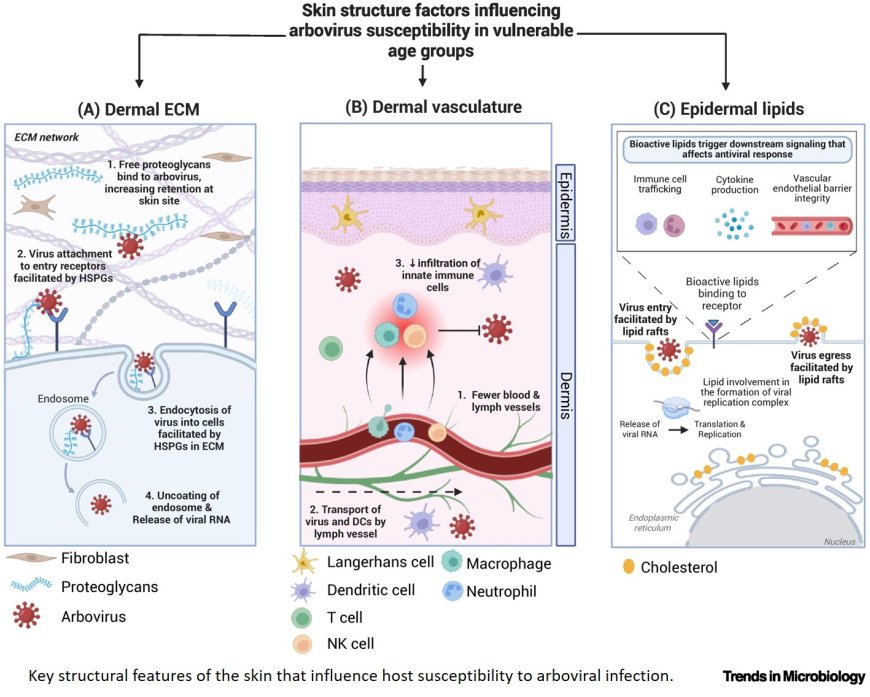
The skin, as the primary site of arbovirus inoculation, is a critical yet underexplored determinant of age-related susceptibility to infection.
Skin structure changes across the lifespan – including differences in extracellular matrix (ECM) composition, vascular density, and lipid content – may influence arboviral entry and dissemination.
Skin-resident immune cells such as macrophages, mast cells, dendritic cells, and T cells modulate cutaneous antiviral responses. Their maturation and aging shape age-specific infection outcomes.
The skin microbiome plays an immunomodulatory role in arboviral defense; infants and the elderly show reduced microbial diversity and stability, compromising barrier integrity and innate defenses.
Emerging skin models (e.g., skin organoids and skin-on-chip) offer promising platforms for dissecting age-specific cutaneous responses to arboviruses.
https://www.cell.com/trends/microbiology/fulltext/S0966-842X(25)00294-X
